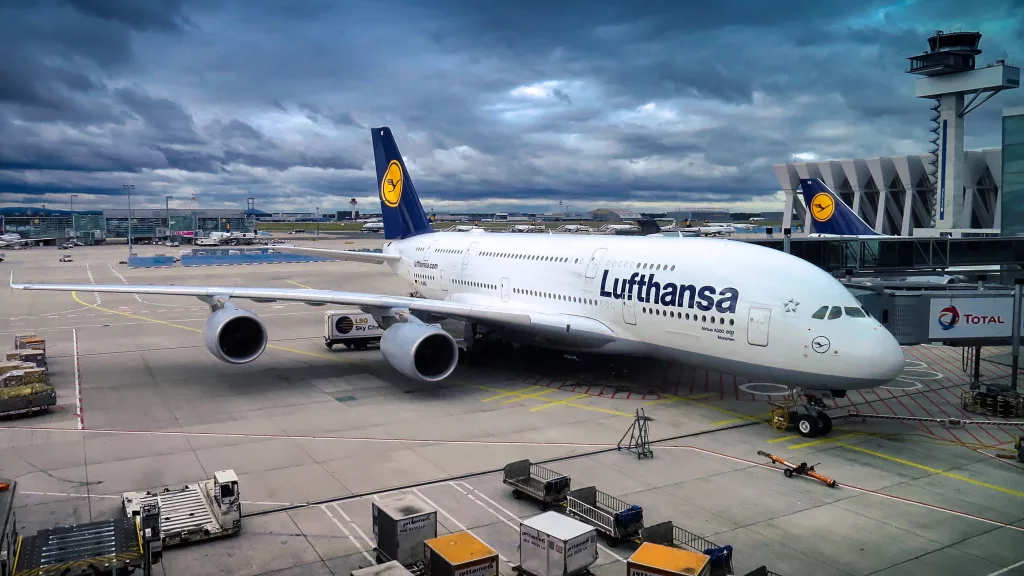Exploring the Benefits of Aircraft Hydraulic Systems

Though most people have gotten used to the ability to fly to get to wherever they’re going, this has only come about as a result of billions of dollars in development and countless brilliant minds developing the airplane. However, one of the main features that allow pilots to control a vehicle containing hundreds fully is the hydraulic system, which is so important that a plane is nothing more than a hollowed-out aluminum brick. Keep reading to find out the countless ways hydraulic systems have been allowing people to fly for decades.
Precision
Flying is intricate, and pilots who operate planes have, on average, thousands of hours of experience before they’re trusted with commercial aircraft. This is because the art of flight is intricate and requires the most minor and minute adjustments at all times to be able to happen smoothly. Hydraulic systems provide this level of smoothness and precision, allowing pilots to control everything from the landing gear to the wing flaps on either side just enough to adapt to all the weather conditions. This system is so important that, before every flight, airline companies use ground service maintenance equipment to ensure the aircraft’s hydraulic power is high enough.
Reliability in Bad Conditions
Planes don’t often fly in extreme weather, and many flights are canceled even if there’s a forecast of bad weather on the way, because of how dangerous it can be. However, in the rare cases when planes have had to fly through incredibly bad weather, like storms of hail, hydraulic systems are nothing short of lifesavers. This is because, while traveling through extreme weather, planes can face technical difficulties and lose control of some of their most important systems, like electricity. Usually, losing access to power would mean that the pilot can no longer control the plane, which means the plane would spiral out of control. However, hydraulic systems are resistant to these pressures and work in extreme conditions to ensure pilots can control their planes at all times.
Lightweight Design
Planes have been developed over decades and are deliberately made, keeping space and storage in mind. Every square inch of the plane has been designed intentionally, with engineers trying to find space for hundreds of passengers, engines, and systems that make the plane run. However, hydraulic systems are required throughout the plane, but luckily, they’re small and lightweight enough that they don’t interfere with the weight or space requirements. This means that, on more modern planes that are packed with more features and less space, there is still enough room for hydraulic systems.
Safety Features
As previously mentioned, hydraulic systems have an important role in safety in the case of bad weather. However, they’re also useful throughout the entire plane and during the entire flight process because they’ve been built as a failsafe to most of the systems in the plane. In many modern planes, aircraft are powered by the electricity generated by their batteries, which power engines, lights, and so on. However, if any of these systems fail, whether it’s the battery, engine, or even something more major, several hydraulic systems throughout the plane kick in to make sure the pilot has some level of control, no matter how dire the situation is.
Long Service Life
When it comes to hydraulic systems, the repair and maintenance process is incredibly easy, and technicians can spend little time making sure that this system is running properly, which frees them up for the other parts of the plane. Hydraulics can be used regularly for years if not decades, and the only wear and tear they get can be easily fixed by replacing some of the parts at either end or draining and replacing the fluid, which many companies do every few months as a precautionary measure.
Conclusion
Hydraulic systems have been aiding people to use heavy machinery and vehicles that are transporting thousands of pounds ever since they were invented. While they’re useful in most applications, they’re essential in aircraft, allowing pilots to make minor corrections or major changes that allow for a smooth flight, even through bad weather. However, it’s important to use them correctly and maintain them right, too, and, using the information in this article, you’ll be able to do all that and more with your plane’s hydraulic system.







